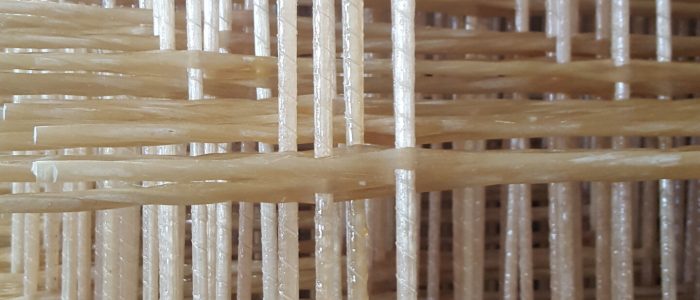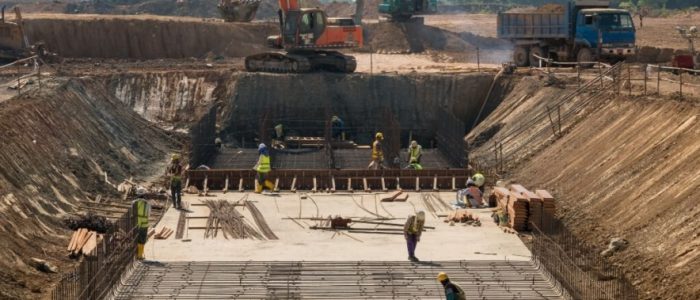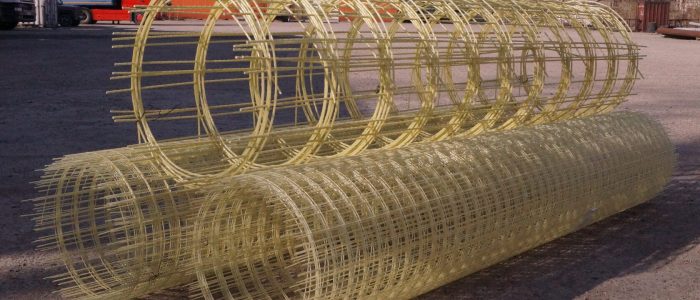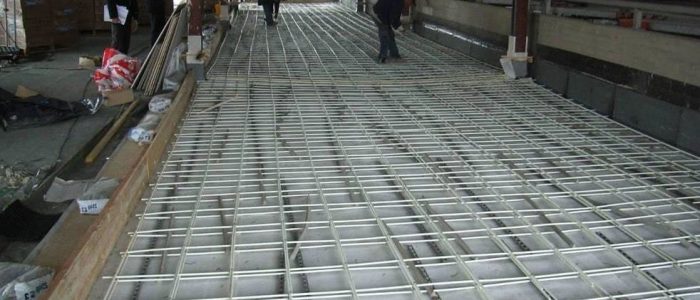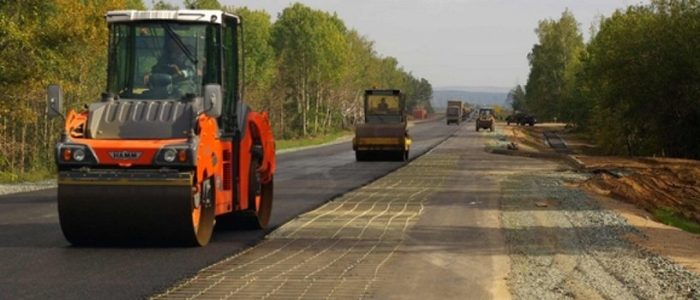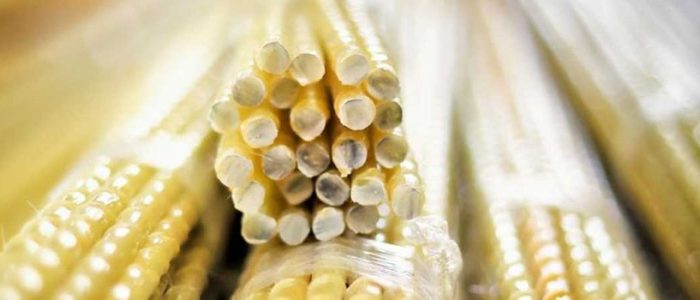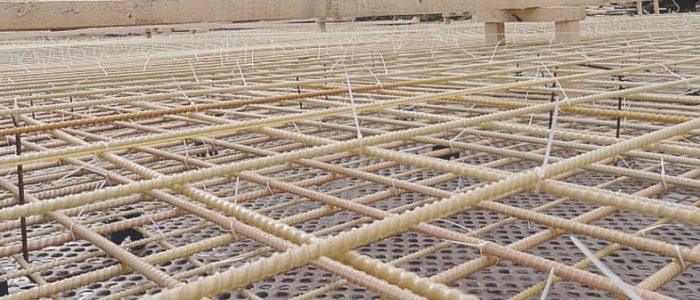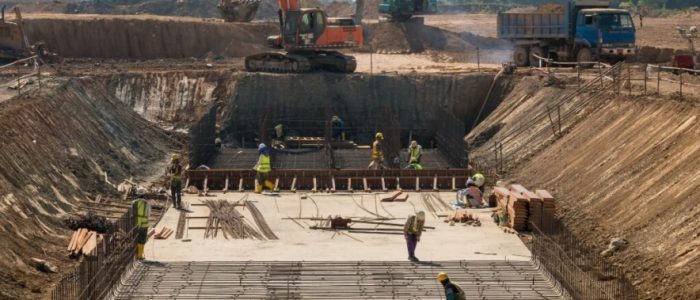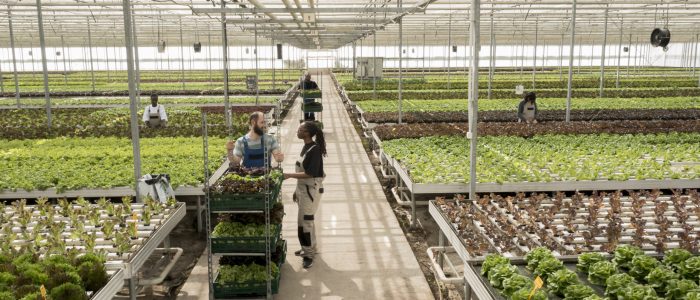Présentation des barres d'armature en PRFV en France
Le PRFV, ou polymère renforcé de fibres de verre, est un matériau composite susceptible de révolutionner de nombreux secteurs de la construction. Les barres d'armature PRFV constituent une solution économique, sûre et durable, offrant des économies de coûts initiales et à long terme. La popularité des barres d'armature en fibre de verre est en plein essor grâce à ses nombreux avantages par rapport aux barres d'armature en acier. Choisir des barres d'armature PRFV, c'est s'engager pour la qualité, l'innovation et investir dans la sécurité des futurs ouvrages.

Construction industrielle, objets à usage spécial
Eléments de traverses de chemin de fer pour trains à grande vitesse et métros.

Construction résidentielle et civile

Travaux routiers
Construction et renforcement de routes, construction et reconstruction de ponts

Installations maritimes et portuaires, renforcement du littoral

Renforcement des structures en béton et des structures mixtes en béton armé.

Construction de structures agricoles
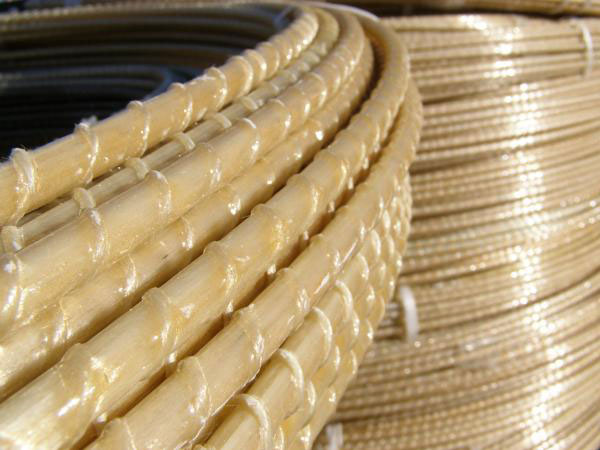
Avantages des barres d'armature composites
- Excellente résistance à la corrosion. Les barres d'armature en PRFV résistent efficacement à la corrosion et durent donc beaucoup plus longtemps que les barres d'armature standard. Les barres d'armature composites minimisent les besoins d'entretien.
- Hautement résistant aux produits chimiques. Barres d'armature en PRFV résistantes aux acides chimiques, aux ions sel et aux bases alcalines inhérentes au béton qui provoquent une détérioration prématurée.
- Léger. Les barres d’armature en PRF sont 9 fois plus légères que l’acier, ce qui les rend plus faciles à transporter et à installer.
- Haute résistance. Malgré ses propriétés légères, les barres d'armature en PRFV offrent des performances de charge impressionnantes en termes de rapport résistance/poids.
Barres d'armature en PRFV et barres d'armature en acier
| Caractéristiques | Barres d'armature en PRFV | Barres d'armature en acier |
|---|---|---|
| Résistance à la corrosion dans les environnements agressifs | Non corrosif | Corrosif |
| Résistance à la corrosion | Hautement non conducteur | Faible |
| conductivité électrique | Non conducteur | Conducteur |
| Conductivité thermique | Faible | Haut |
| Résistance à l'étirement, MPa | 1300 | 390 |
| Résistance à la compression, MPa | 550 | 400 |
| Résistance au cisaillement transversal, Mpa | 220 | 300 |
| Résistance de liaison au béton, Mpa | >20 | >12 |
| Souche ultime, % | 1.5 - 2% | 15% |
| Module d'élasticité, Gpa | 65 | 160-200 |
| Masse volumique, kg/m3 | 2100 | 7800 |
| Plage de température de fonctionnement, ºС | –70…+160 | –70…+50 |
| Propriétés magnétiques | Diamagnétique | Conducteur |
| Durabilité | Pas moins de 80 ans | Selon les codes du bâtiment |
Avantages de l'utilisation de barres d'armature en PRFV
- Un choix économiquement viable pour l’industrie de la construction.
- La légèreté des barres d’armature en fibre de verre aide les entrepreneurs à réaliser des projets à un rythme rapide.
Les structures renforcées en PRFV ne nécessitent pas d’entretien ni d’activité de réhabilitation majeure.
Les barres d'armature en PRFV représentent une avancée significative dans le domaine des matériaux de construction, alliant résistance, flexibilité et résistance aux facteurs environnementaux. Leur utilisation dans divers projets de construction en France améliore non seulement l'intégrité structurelle, mais ouvre également de nouvelles perspectives en matière de conception innovante et de pratiques de construction plus efficaces.
Apprendre encore plus:

